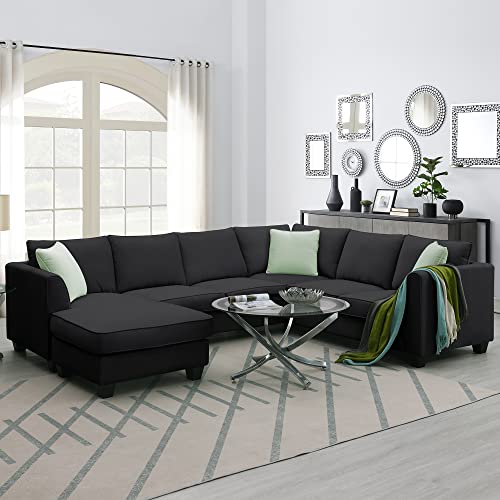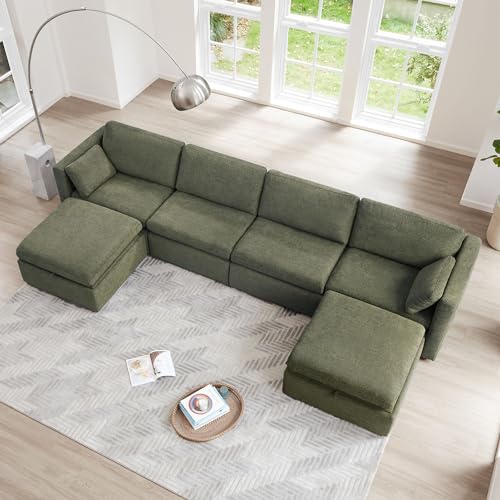Three Reasons Why 3 Reasons Why Your What Are U Shaped Valleys Is Brok…
페이지 정보

본문
 What Are U Shaped Valleys?
What Are U Shaped Valleys?A U-shaped valley is an ancient geological formation with high, steep sides and flat or rounded valley bottom. They are the result of glaciation, and are usually filled with lakes, rivers, sand traps on golf courses kettle lakes (water hazards), and other such natural features.
The process of erosion caused by glacial erosion creates U-shaped valleys when rocks are ripped from the sides and bottom of the valley. These valleys are found in mountainous areas around the world.
They are formed by glaciers
Glaciers are massive bodies of ice that are formed on mountains, and then move down them. When they degrade the landscape, they form U-shaped valleys with flat floors and steep sides. These valleys differ from river valleys which tend to be shaped in the shape of a V. While glacial erosion can take place everywhere however, these valleys tend be more common in mountainous regions. They are so distinct that it is easy to determine if the landscape was created by glaciers or rivers.
The formation of a sofa u shape-shaped gorge begins with an existing V-shaped river valley. As the glacier recedes and encroaches on the V-shaped valley of the river and creates an inverted U-shape. The ice also scratches the surface of the land, causing the valley's sides to have high and straight walls. This process is known as glaciation and it requires the use of a lot of force to break up the earth in this manner.
As the glacier continues to erode the landscape, it also makes the valley bigger and deeper. The glacier's ice is less frictional than the rocks. As the glacier moves through the valley, it causes abrasion on the rock surfaces and pulls the weaker rocks from the valley wall in a process referred to as plucking. These processes work together to widen, smoothen and deepen the U-shaped valley.
This process can cause small u shaped sofa valleys to "hang above the main one. The valley could be filled with ribbon lakes created when water flows through the glacier. The valley is also marked by striations, ruts and striations on the sides and the floor, as also moraines and till on the floor.
big U shaped couch-shaped valleys can be found all over the world. Most commonly, they are found in mountainous areas, such as the Andes Mountains, Alps Mountains, Himalaya Mountains, Caucasus Mountains, and Rocky Mountains. In the United States they are usually located in national parks. Examples include Glacier National Park and the Nant Ffrancon Valley in Wales. In some instances these valleys extend to coastal locations and become fjords. This is a natural process that occurs when the glacier melts. It could take thousands of years to create these valleys.
They are deep
u shape recliner sofa-shaped valleys have steep sides that curve towards the base, and wide flat valley floors. They are created in valleys of rivers that were filled by glaciers during the ice age. Glaciers degrade the valley floor through abrasion and plucking, which cause the valley to grow deeper and broaden more evenly than a river could. These features can be found in mountainous regions around the globe, including the Andes Mountains, Alps Mountains, Himalayas Mountains, Rocky Mountains and New Zealand.
Glacial erosion of a valley in the river can transform it into a u-shaped valley by expanding and deepening it. The erosive power of the glacier can cause smaller side valleys to hang above the main valley which is often marked by waterfalls. These features are known as "hanging valleys", because they are suspended above the main valley, as the glacier recedes.
These valleys are often covered in forest and may contain lakes. Some valleys are used for farming while others are filled with water. Many of these valleys are in Alaska, the place where glacial melting is most prominent.
Valley glaciers are massive like river-like flows that slowly slide down mountain slopes. They can be as deep as 1000 feet, and are the predominant form in alpine areas of valley erosion. They consume the rocks that lie at the bottom of the valley, causing depressions and holes filled with water. The lakes that result are wide and thin, and they are located in the peaks of some mountains.
A glacial trough is a different type of valley. It is an U form valley that extends out into the salt water to create an fjord. These are typical in Norway and are referred to as fjords, but are also found in other areas of the world. They are created by melting glaciers and can be seen on maps of the world. They are distinguished by steep sides and rounded sides that form the u shaped outdoor couch-shape. The walls of troughs are generally made of granite.
They are steep
A U form valley is a type of formation with steep, high sides and a smooth bottom. Glaciers are responsible for many of these valleys. They are common in mountainous regions. It is because glaciers slow downhill and scour the earth. Scientists once believed that glaciers wouldn't be able to carve valleys because they were so soft. But now, we know that they can.
Glaciers create distinctive u-shaped valleys through the processes of plucking and abrasion. Through erosion, these processes can increase the width, steepen and deepen V shape river valleys. They also change the slopes of the valley floor. These changes occur at the front of the glacier when it is pushed into a valley. This is the reason why the top of U-shaped valleys is usually larger than the bottom.
U shaped valleys are sometimes filled with lakes. These are referred to as kettle lakes and they form in hollows that were created out of the rock by the glacier or drained by the moraine. The lake may be a temporary one as the glacier melts or it may remain even after the glacier has receded. These lakes are usually found in conjunction with cirques.
Another kind of valley is a flat-floored one. This valley is formed by streams which erode the soil. However it doesn't have a steep slope, like a U-shaped one. They are typically located in mountainous areas and are often older than other types of valleys.
There are many types of valleys in the world. Each one has its own distinct appearance. The most well-known is a V-shaped one, but other types include U-shaped valleys and the rift valleys. A Rift valley forms in places where the earth's crust is splitting apart. They are typically narrow valleys that have steep sides. The Nant Ffrancon valley in Snowdonia, Wales is a good example of this.
There are a variety of widespread.
sectionals u shaped-shaped valleys are characterized by their wide bases, unlike V-shaped ones. They are usually found in mountains and are formed by glaciers. Glaciers are massive blocks made of snow and ice that erode the landscape as they move downhill. They degrade valleys by friction and abrasion. This process is known as Scouring. When they begin to erode the landscape, glaciers create a distinctive shape resembling an U-shaped letter. These valleys, also known as U-shaped Valleys, can be found in many places around the world.
The formation of these valleys happens when glaciers erode existing valleys of rivers. The glacier's slow movements and weight is able to erode the valley's sides and floor, creating a distinctive U shape. This process, also known as glacial erosive erosion, has created some of the most stunning landscapes on Earth.
These valleys are often referred to as glacial troughs or trough valleys. They are common throughout the globe, but are particularly found in regions with glaciers and mountains. They can vary in size from a few metres to hundreds of kilometers. They also differ in depth and length. The fluctuations in temperature will be higher the deeper the valley.
A fjord, or a ribbon lake is formed when a U-shaped gorge fills with water. The ribbon lakes develop in depressions where glaciers cut away less resistant rock. They can also form in a valley where the glacier has been stopped by walls.
U-shaped valleys can also contain other glacial features, such as moraine dams, hanging valleys and erratics. Erratics, which are massive boulders, are deposited by glaciers as it moves. They are commonly used to define the boundaries of glaciated areas.
These smaller valleys are left 'hanging" above the main valley that was created by the glacier. They are less ice-covered and are not as deep. These valleys are cut by tributary ice and are typically topped by waterfalls.

- 이전글20 Fun Details About Electric Wheelchairs 24.09.03
- 다음글9 Signs You're A Replace Nissan Key Fob Expert 24.09.03
댓글목록
등록된 댓글이 없습니다.
